CONSENCE on the move!

In 2022, the CONSENCE project was on the move.
Literally!
As the global coronavirus pandemic eased (-ish), came the first opportunity to attend conferences and share some of our first results!
The first stop was the 32nd annual European meeting of SETAC (the Society of Environmental Toxicology and Chemistry) [1], which took place between the 15th and 19th of May in Copenhagen, Denmark.
Unsurprisingly, I was mostly interested in the niche session about Novel Life Cycle and Sustainability Assessment approaches supporting biodiversity in land and water management. A wide variety of talks explored the impacts of plastics on wildlife, overexploitation of fish, off-shore wind farms on birds, water consumption, or global extinction probabilities.
At the conference, I presented our new methodology to quantify the life cycle collision impact of power lines on birds in Norway in a poster.
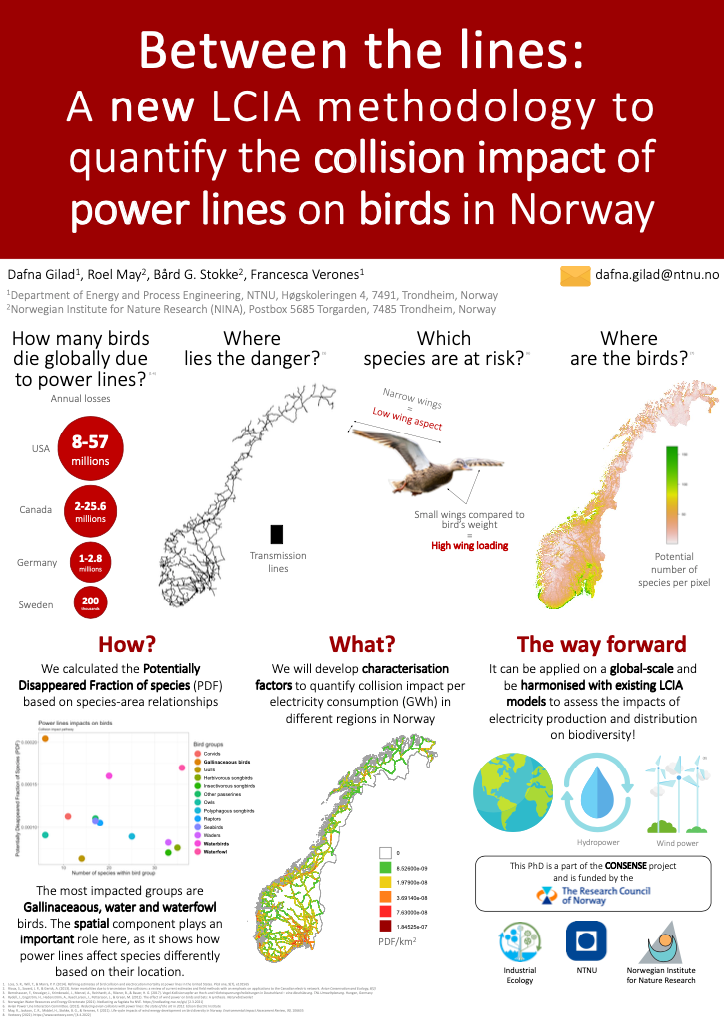
Later that year, I attended the Environmental Concerns in Rights-of-Way (ROW) Management conference [2]. It is a symposium that takes place every four years (!). The conference aims to provide a forum to discuss the environmental impacts of the ROW. In case you are unfamiliar with the term, the ROW is the treeless corridor in which the power lines stand. The conference occurred between the 9th and 12th of October in Charlotte, USA.

The symposium was focused on the management aspect of the ROW. The sessions discussed vegetation management, drones identifying plant communities, and satellite data detecting hazard trees along the ROW. Regarding nature conservation and ecology, the Monarch butterfly (Danaus plexippus), a threatened species in North America, was mentioned regularly in the talks. The species migrates annually from Canada and the USA to Mexico and depends on certain plant species (i.e., Milkweed, Asclepias syriaca) to survive [3]. The ROWs provide a good habitat for species that need open habitats, for instance pollinators.
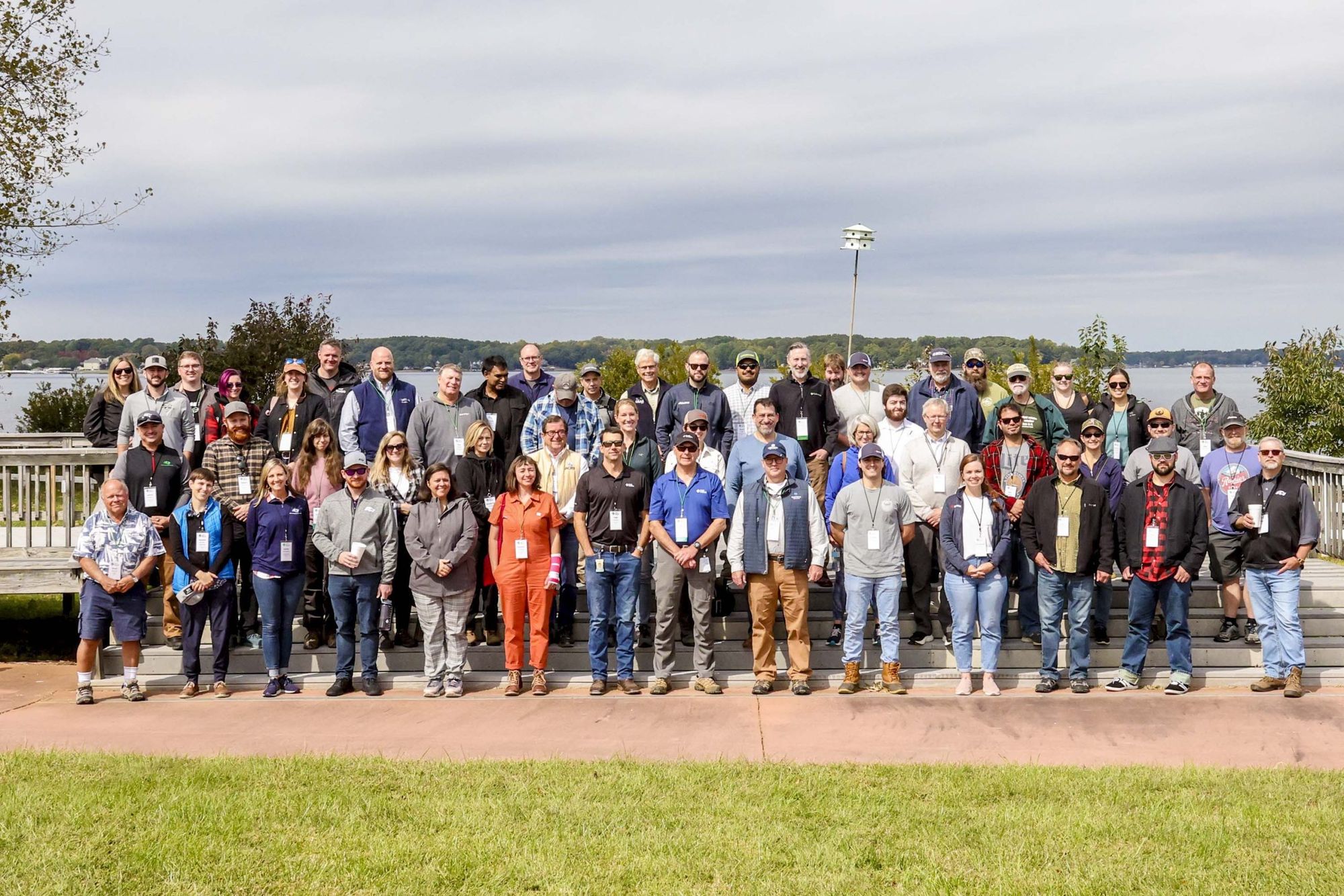
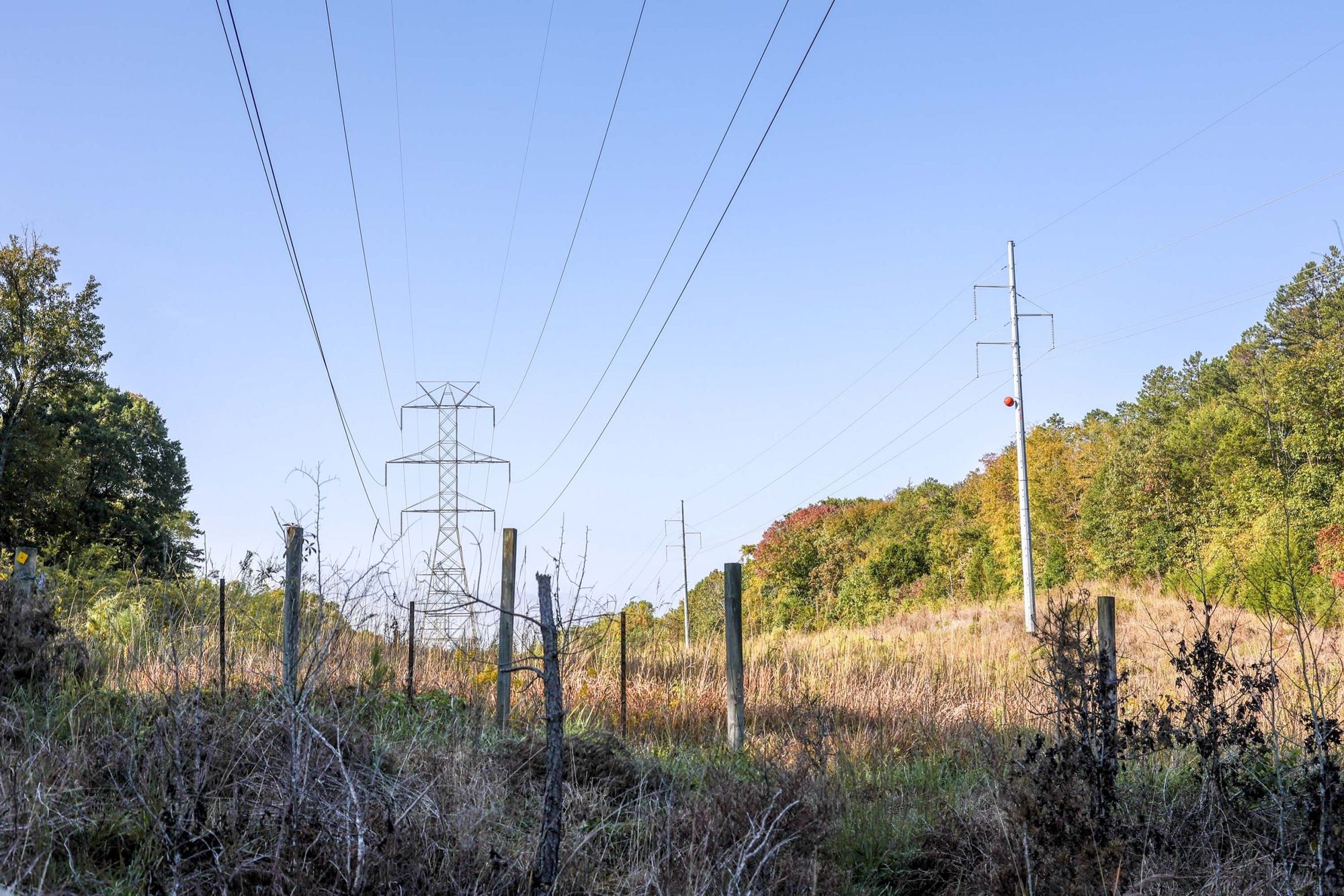
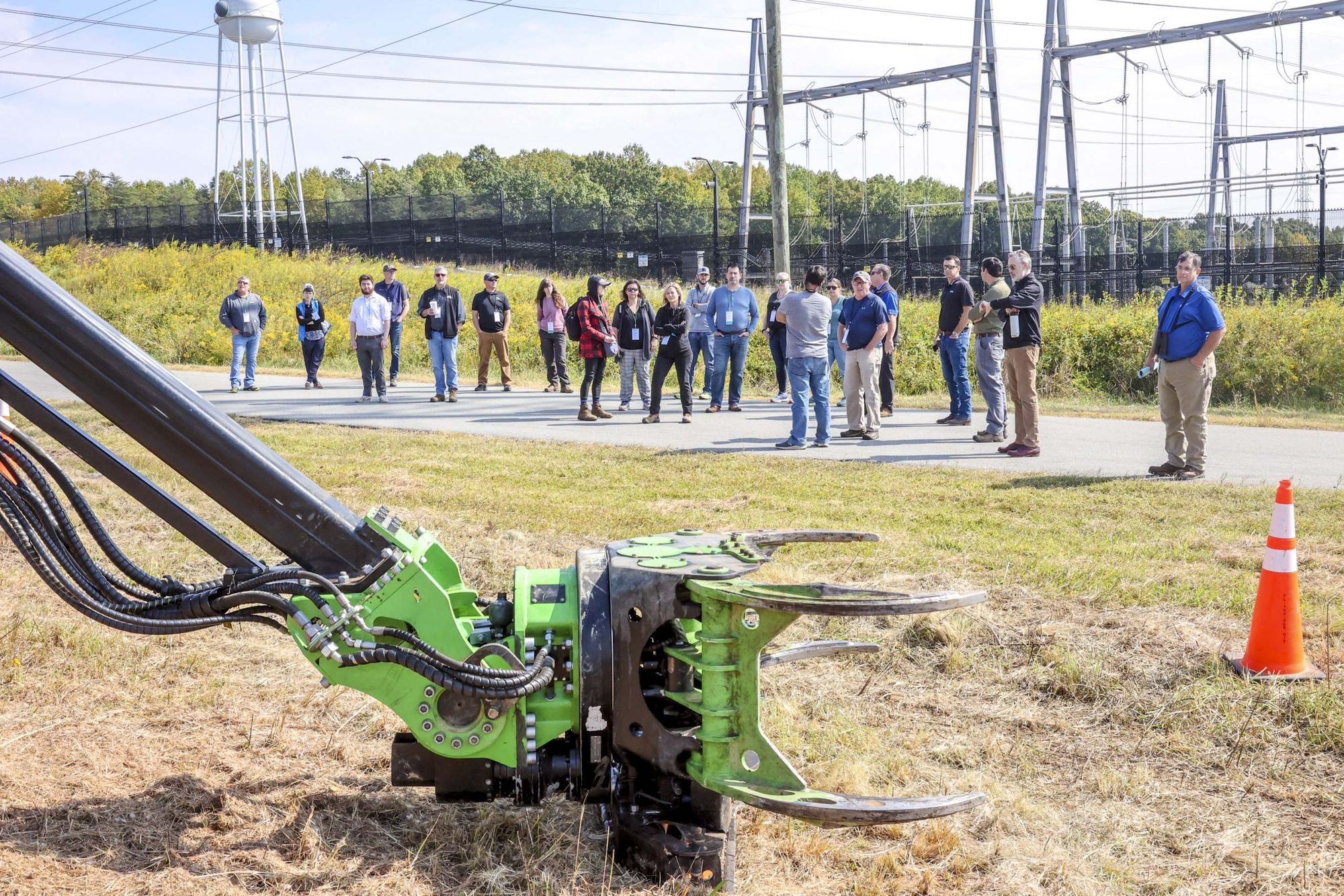
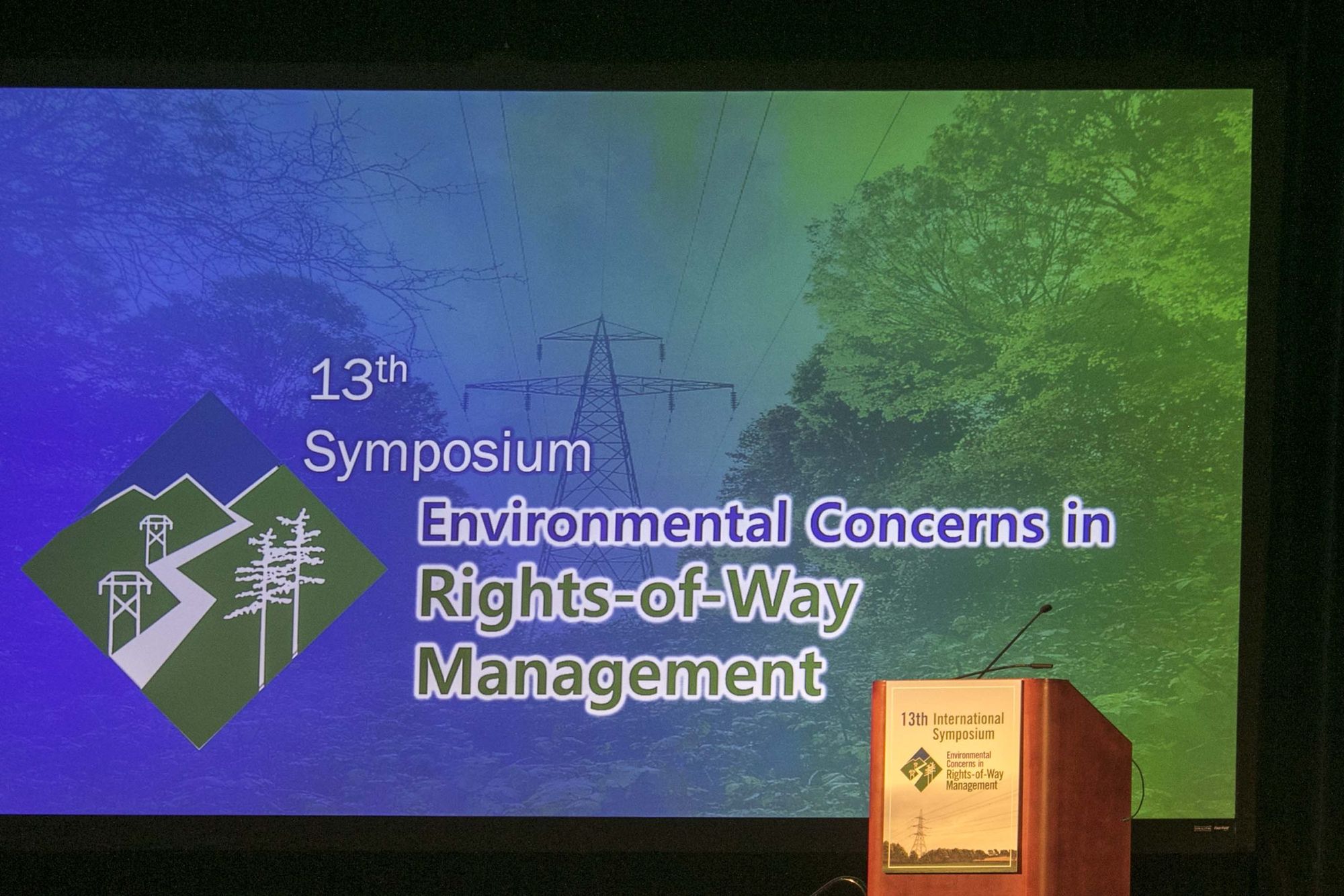
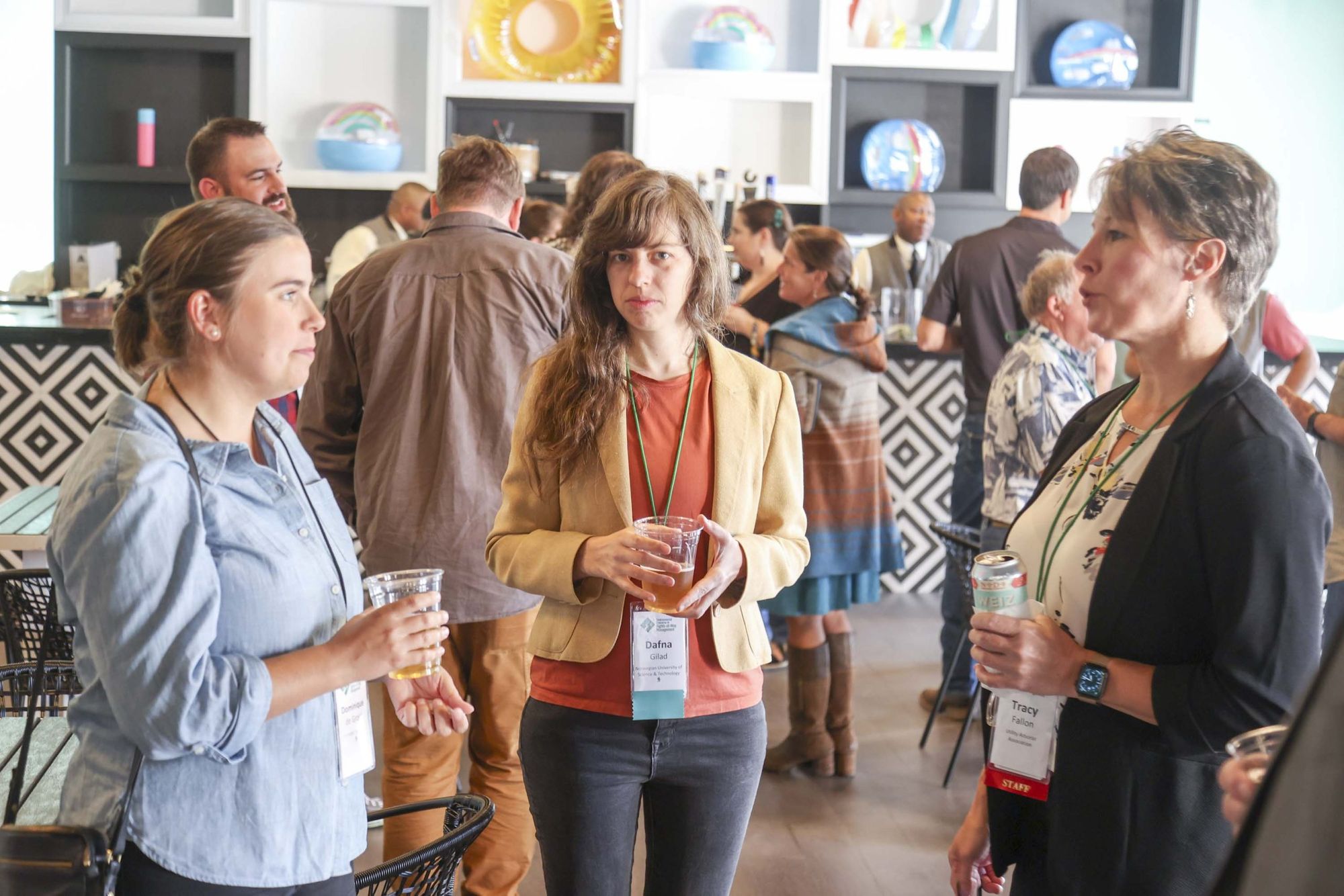
Indeed, in many cases, we can observe a higher number of species in the ROW compared to the nearby forest. Yet by reducing the forest area, species that dwell mostly in forests will be affected [4]. At the conference, I presented the global impacts of power lines on biodiversity, focusing on birds and mammals. We assessed the impact of habitat loss on the ecoregion and country level, showing how the effects of power lines vary across countries, and highlighting the importance of sustainable planning. A conference paper about our research will be published later this year.
In February 2023, I will attend the 6th conference of the Norwegian Ecological Society (OIKOS) [5]. It will be held at the Norwegian University of Life Sciences in Ås. At the conference, I will talk about our life cycle impact assessment models that quantify two main impact pathways of power lines – electrocution and collision – on Norwegian birds.
Read more about:
[1] SETAC
[2] Environmental Concerns in Rights-of-Way
[3] Agrawal, A. (2017). Monarchs and milkweed. In Monarchs and Milkweed. Princeton University Press.
[4] Biasotto, L. D., & Kindel, A. (2018). Power lines and impacts on biodiversity: A systematic review. Environmental Impact Assessment Review, 71, 110-119.
[5] OIKOS

